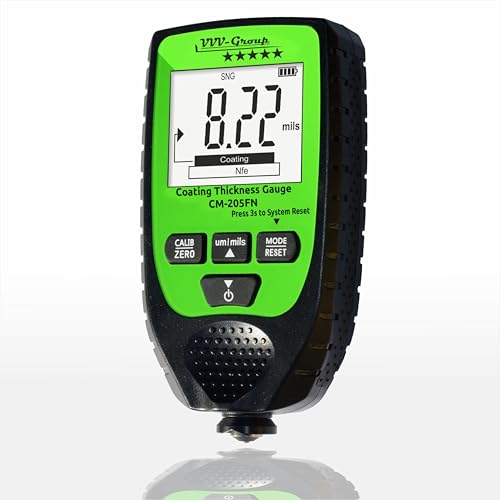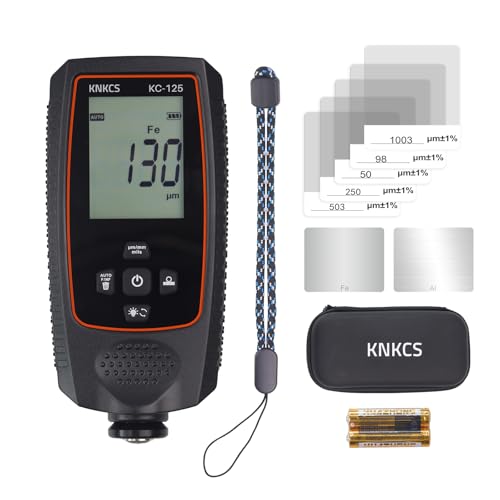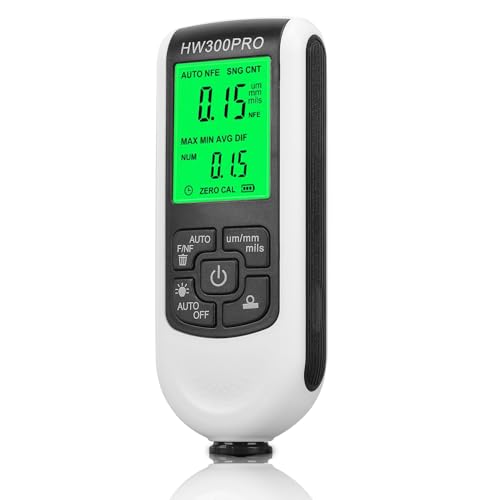Walking away from what seems like a great deal on a used car is tough, but what if that car is hiding a dangerous secret? Understanding the difference between a minor fender bender and deep, compromising harm is one of the most critical skills a car buyer can have. Many buyers are confused by industry jargon and misleading vehicle history reports, leaving them vulnerable to making a costly and potentially unsafe purchase.
Structural damage to a car is any harm that compromises the fundamental integrity of the vehicle’s framework, chassis, or core support system. This type of damage affects the car’s safety, performance, and stability, making it far more severe than simple cosmetic issues.
This definitive guide cuts through the confusion, leveraging detailed analysis of industry data and repair standards. We will unpack what structural damage truly is, show you exactly how to spot the warning signs, demystify what a “structural damage” flag on a CARFAX report means for your safety and wallet, and explain the complex truth about repairs.
Key Facts
- Compromised Safety is a Guarantee: Structural damage weakens a car’s crumple zones, which are engineered to absorb impact during a crash. A damaged frame cannot protect passengers as it was designed to, significantly increasing the risk of injury in a future collision.
- Modern Cars Are More Vulnerable: Most modern vehicles use a “unibody” design where the frame and body are a single piece. While this helps absorb crash impact, it also makes them more susceptible to widespread structural harm from an accident.
- “Diminished Value” is Permanent: Even after the most professional repairs, a vehicle with a history of structural damage will always be worth significantly less than an identical car with a clean history. This financial loss is known as diminished value.
- Hidden Damage is Common: Structural issues are not always visible to the naked eye. Professional collision centers use advanced tools like laser scanners and frame machines to detect misalignments that an average buyer would easily miss.
- A “Clean Title” is Not a Clean Bill of Health: A car can have significant structural damage and still have a “clean” title. This happens when an accident is never reported to an insurance company or the repair costs didn’t meet the threshold to legally brand the title as “salvage.”
What Is Structural Damage to a Car? The Definitive Guide
Structural damage is any damage to a vehicle’s underlying frame, chassis, or core support system, compromising its safety and integrity—it’s like a broken skeleton for your car. This is the most serious type of damage a vehicle can sustain because it affects the very foundation responsible for keeping you safe on the road and ensuring the car drives predictably.
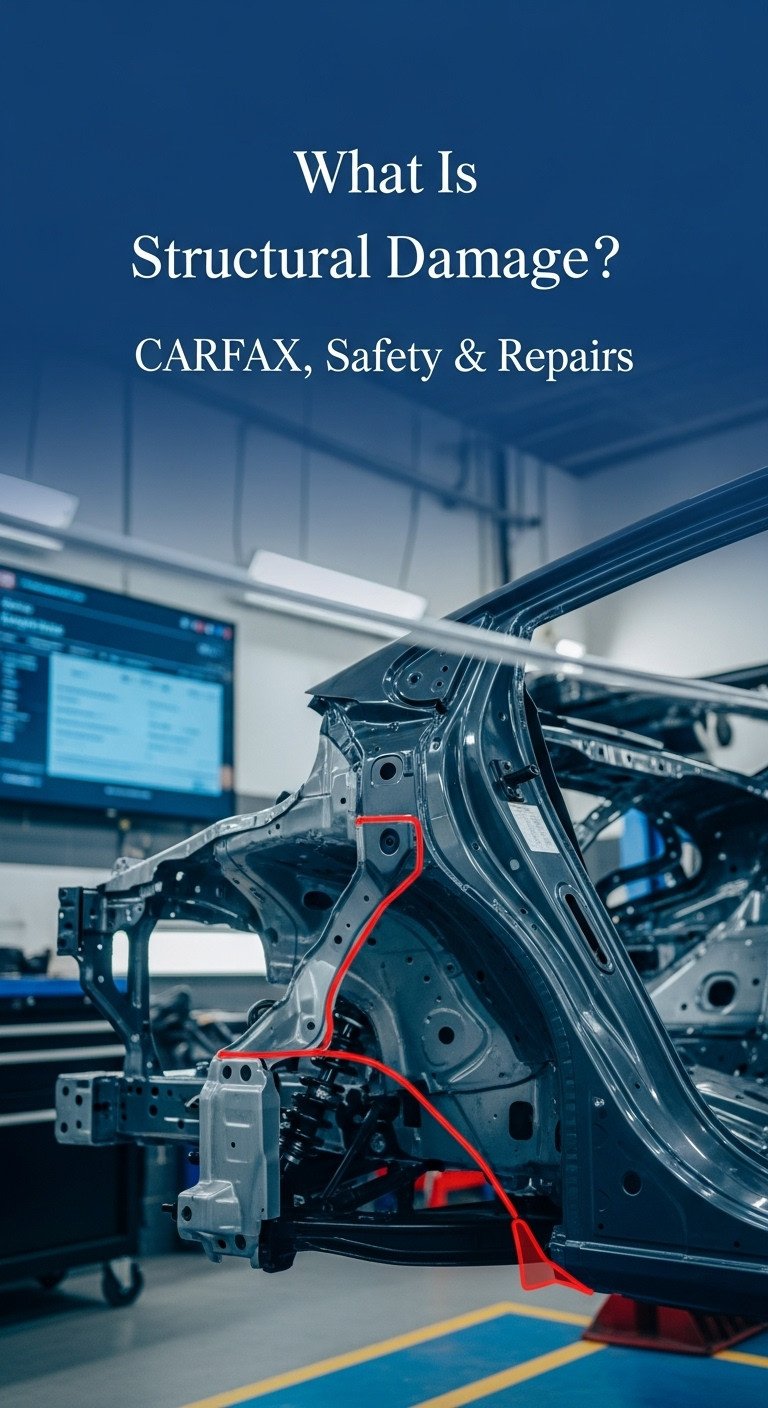
Unlike older vehicles built with a body on a separate, heavy-duty frame, most modern cars feature a unibody construction. In a unibody design, the frame and body are manufactured as a single, integrated structure. This allows for lighter vehicles and specially engineered “crumple zones” that absorb and redirect the energy from a crash away from the passengers. The downside is that an impact in one area can easily transfer stress and damage throughout the entire structure.
Think of it this way: Cosmetic damage is a scrape on your skin, but structural damage is a broken bone.
One affects your appearance, while the other impacts your fundamental ability to function safely. Any harm to this core structure, whether from a major collision or even a poorly handled towing job, can have lasting and dangerous consequences.
Structural vs. Cosmetic Damage: Understanding the Critical Difference
The key difference is impact: Cosmetic damage is superficial and affects looks, while structural damage compromises the vehicle’s core safety, performance, and long-term value. Mistaking one for the other is a critical error for any car owner or potential buyer. A door ding is an annoyance, but would you trust a car on the highway if its very foundation was bent?
Cosmetic damage is harm that is only skin-deep. This includes things like paint scratches, minor dents on a door panel, or a cracked bumper cover. While it can be unsightly, it doesn’t affect the vehicle’s ability to drive safely. Structural damage, on the other hand, hurts the basic parts that keep your vehicle running safely and holding its value.
Here is a clear breakdown of the differences:
| Aspect | Structural Damage | Cosmetic Damage |
|---|---|---|
| Safety Impact | Severe. Compromises the car’s ability to protect occupants in a future crash. | Minimal to None. Does not affect the performance of safety systems. |
| Performance | Significant. Can cause alignment issues, uneven tire wear, and poor handling. | None. The car drives and performs exactly as it did before the damage. |
| Repair Cost | Very High. Requires specialized equipment, expert technicians, and can run into thousands of dollars. | Low to Moderate. Often involves paintless dent repair, buffing, or replacing a simple part. |
| Resale Value | Drastically Reduced. Creates a permanent negative record on a vehicle history report, causing “diminished value.” | Minor Reduction. Can be easily fixed before sale, often with a negligible impact on price. |
| Examples | Bent frame, damaged crumple zones, cracked A/B/C pillars, damaged subframe. | Paint scratches, small door dings, scuffed wheels, chipped windshield. |
Common Types of Structural Damage and Their Causes
Structural damage most often manifests as a bent frame, damaged crumple zones, or compromised axles, primarily caused by collisions, but also by natural disasters or even severe neglect. Understanding these specific types helps you recognize the gravity of the issue.
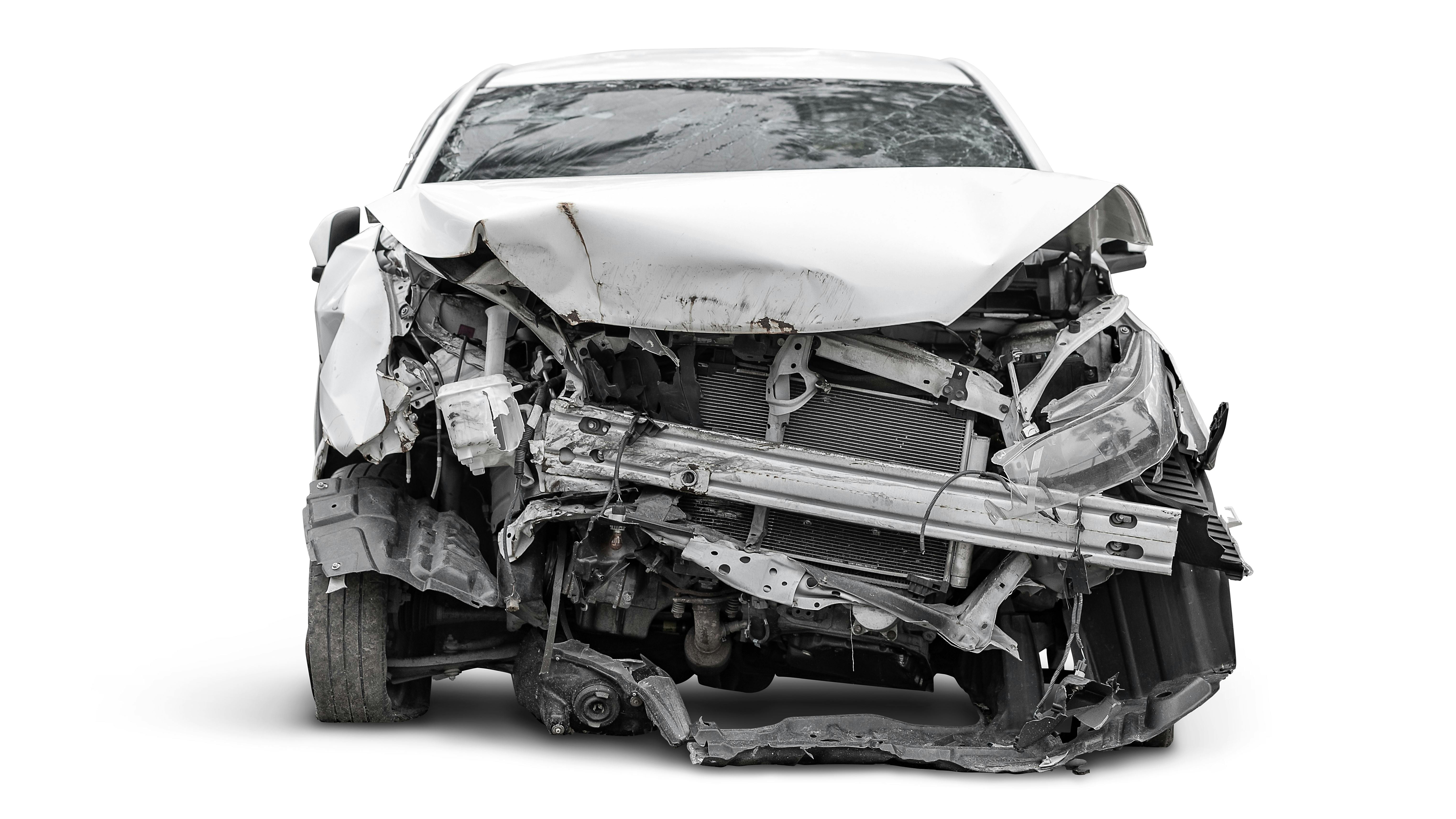
Here are the most common forms this damage takes:
- Frame Damage: This is the classic example of what is structural damage to a car. Any bend, crack, or kink in the vehicle’s main frame or unibody alters its core integrity. This directly impacts how the car absorbs energy in a crash and can throw off the alignment of the entire vehicle.
- Damaged Crumple Zones: These are areas, typically in the front and rear of the car, that are specifically engineered to collapse in a controlled way during a collision. When damaged, they lose their ability to properly absorb and redistribute impact forces, leaving occupants far more vulnerable.
- Bent Axles: A significant impact to the wheels can easily bend or break an axle. This immediately affects the car’s ability to drive straight, causes severe vibrations, and leads to rapid, uneven tire wear.
- Subframe Damage: The subframe is a separate component bolted to the main unibody that typically holds the engine, transmission, and suspension. Damage here leads to persistent alignment and suspension problems.
- Damaged Core Supports: The radiator core support is a key structural piece at the front of the vehicle that holds the radiator, headlights, and other components in place. Damage here indicates a significant frontal impact.
While a collision is the number one culprit, other incidents can also be responsible:
- Collisions: The most frequent cause. The severity of the impact directly correlates to the extent of the damage.
- Natural Disasters: Severe floods can warp a vehicle’s frame and ruin critical components, while events like earthquakes can cause crushing damage.
- Poor Maintenance: In extreme cases, unchecked rust and corrosion can eat away at a car’s unibody, creating severe structural weaknesses over time.
Pro Tip: “Remember, crumple zones are designed to be ‘one-time use.’ Once damaged, they cannot offer the same level of protection in a future crash without proper replacement.”
How to Spot a Car with Structural Damage: Your Inspection Checklist
Look for key symptoms like uneven panel gaps on doors and the hood, mismatched paint, uneven tire wear, and strange noises during a test drive. These are strong indicators that a professional inspection is needed. While a definitive diagnosis requires a professional, you can perform a preliminary check to spot the most obvious red flags yourself.

Use this checklist during your walk-around and test drive:
- Check Panel Gaps: Look at the spaces between the doors, hood, trunk, and fenders. The gaps should be tight and uniform all the way around. Wide, uneven, or inconsistent gaps are a classic sign that the car’s frame is no longer square.
- Inspect Doors, Hood, and Trunk: Open and close everything. Do the doors open smoothly and latch securely without needing to be slammed? Does the hood or trunk pop open easily and align properly when closed? Difficulty or misalignment points to a potential problem.
- Look for Mismatched Paint and Overspray: Examine the car in bright, direct sunlight. Does the paint on one fender or door look slightly different in color or texture from the rest of the car? Look inside the door jambs and under the hood for “overspray”—paint on areas that shouldn’t be painted, like rubber seals or wiring—which is a sign of sloppy bodywork.
- Examine Tire Wear: Look at the tires. Is the wear pattern even across the tread? If the inside or outside edges are worn down significantly more than the rest, it indicates a serious and persistent alignment problem, often caused by underlying structural damage.
- Look Underneath the Car: If it’s safe to do so, look under the vehicle with a flashlight. Look for any frame rails that are bent, kinked, or have non-factory welds on them. Fresh undercoating in just one area can also be a sign of an attempt to hide a repair.
- Listen and Feel During the Test Drive: Pay close attention to any unusual noises like creaking or groaning when going over bumps or turning. Feel for vibrations in the steering wheel or the car pulling to one side, which are more signs of alignment or suspension issues tied to frame damage.
Quick Fact: A gap wide enough to fit your key in between the door and the car body is a major red flag for potential frame issues.
It is critical to remember that this checklist is for a preliminary inspection only. If you spot any of these warning signs, the next step is mandatory: Always have the vehicle inspected by a trusted, independent mechanic or a collision repair specialist before you buy. They have the tools and experience to confirm or deny your suspicions.
What “Structural Damage” on a CARFAX Report Really Means
A “Structural Damage” flag on CARFAX is a serious warning about the vehicle’s compromised safety and drastically reduced value, regardless of a “clean” title or a seller’s reassurances. This notation means that at some point in the vehicle’s history, an official source—like an auction house, body shop, or government agency—reported damage to the car’s core frame or unibody.
Consider this: If the damage was truly “no big deal,” why is it officially documented on a national vehicle history report?
Why Structural Damage is a Red Flag on CARFAX
When you see “Structural Damage Reported” on a CARFAX or other vehicle history report, it’s a major red flag for two primary reasons: safety and value. The report confirms the car’s “skeleton” has been broken and repaired. Even with the best repairs, the structural integrity may not be 100% of the factory original, potentially compromising its performance in a future accident. Financially, this brand is permanent and will make the car much harder to resell, with its value being significantly lower than a comparable car without this history.
The ‘Clean Title’ Trap
One of the most dangerous misconceptions is believing a “clean title” means a car has no structural damage. A car can absolutely have a compromised frame and a clean title. This happens when the cost to repair the vehicle did not exceed the insurance company’s threshold (usually 70-80% of the car’s value) to declare it a “total loss” and issue a salvage or rebuilt title. It can also happen if the owner crashed the car and paid for repairs out-of-pocket without ever involving insurance. A CARFAX report can catch this discrepancy, revealing damage that the title alone would hide.
What to Do When the Salesman Disagrees
It’s a common scenario: the CARFAX report shows structural damage, but the salesman says, “Oh, it was just a minor thing,” or “Our shop fixed it perfectly, it’s totally safe.” This is where you must be your own best advocate. The documented report of damage is an objective fact; the seller’s claim is a subjective opinion with a financial incentive behind it.
Always trust the vehicle history report and a third-party mechanic over a seller’s claims. If the report says structural damage and a pre-purchase inspection confirms there are issues, the safest and smartest decision is almost always to walk away from the deal.
Can Structural Damage Be Fixed? The Truth About Repairs
While modern shops can repair structural damage using advanced technology, it is a costly and precise process. The car may never be exactly as safe as it was pre-accident, and its resale value will be permanently and significantly reduced. Yes, it is technologically possible to fix structural damage, but whether it should be fixed and driven again is a more complicated question.
The repair process is far more complex than simple bodywork. It requires specialized, expensive equipment and highly trained technicians to ensure the vehicle is returned to its factory specifications.
Here’s what the process typically involves:
- Full Diagnostic Scan: Before any work begins, the vehicle is put on a machine with digital and laser scanners that measure the frame in dozens of places. This creates a 3D map of the car’s structure and compares it to the manufacturer’s original dimensions, revealing every millimeter of misalignment.
- Frame Straightening: The car is mounted to a hydraulic “frame machine” or “frame rack.” This powerful machine uses immense force, applied with precision through chains and clamps, to pull and push the bent sections of the unibody back into their correct alignment.
- Component Replacement: Some structural components, especially those in crumple zones, are designed to be replaced, not repaired. A reputable shop will cut out the damaged sections and weld in new, manufacturer-approved replacement parts.
- Safety System Recalibration: This is a crucial final step for modern cars. After frame repairs, advanced driver-assistance systems (ADAS) that rely on cameras and sensors mounted on the body must be professionally recalibrated to ensure they function correctly.
If the estimated cost of this extensive process exceeds a certain percentage of the vehicle’s market value, an insurance company will declare it a total loss.
Pro Tip: “Even after a ‘perfect’ repair, a car with a history of structural damage will suffer from ‘diminished value,’ meaning it will be worth significantly less than an identical car with no accident history.”
To ensure your vehicle remains safe and reliable, having a tool to spot hidden repairs can be invaluable. An automotive paint thickness gauge can help you detect areas with thick body filler or repainting, which are often signs of significant underlying bodywork and potential structural repairs.
FAQs About what is structural damage to a car
Is it okay to buy a car with structural damage?
Generally, no. It is strongly advised against buying a car with a history of structural damage. The risks are simply too high and fall into three main categories:
* Safety Compromise: The vehicle’s crash protection is likely weakened, putting you and your passengers at greater risk.
* Diminished Value: You are guaranteed to lose a significant amount of money when you try to resell the car.
* Future Repair Costs: Improperly repaired damage can lead to a cascade of future mechanical problems, from persistent alignment issues to premature wear on suspension parts.
How much does it cost to fix structural damage?
The cost to fix structural damage is highly variable but almost always expensive, easily running into thousands or even tens of thousands of dollars. There is no flat rate, as the final price depends on several factors:
* The severity and location of the damage.
* The make, model, and year of the vehicle (luxury car parts cost more).
* Local labor rates for specialized technicians.
* The extent of parts that need replacement versus straightening.
Costs are always significant, ranging from several thousand dollars to exceeding the car’s value, at which point it’s deemed a total loss by insurance.
Can a car have structural damage but a clean title?
Yes. This is a critical and common trap for used car buyers. A “clean title” only means that an insurance company has not officially declared the vehicle a total loss. It is not a guarantee of a damage-free history. A car can have severe structural issues with a clean title if:
* The accident was never reported to an insurance company.
* The owner paid for the repairs out-of-pocket to avoid a claim.
* The repair costs, while high, fell just below the insurance company’s threshold for branding the title as “salvage.”
Final Summary: Prioritizing Safety Over Savings
Ultimately, understanding what is structural damage to a car is about understanding risk. It is a fundamental flaw that compromises the two most important aspects of any vehicle: its ability to protect you in a crash and its financial value. While a low price tag on a car with a branded history might seem tempting, the potential costs to your safety and your wallet are immeasurable. The evidence is clear: damage to a vehicle’s frame is not a minor issue to be overlooked.
- ✅ Safety is Compromised: A repaired frame will likely not perform to factory safety standards in a subsequent accident.
- ✅ Value is Permanently Lost: A car with a history of structural damage suffers from significant and irreversible diminished value.
- ✅ Professional Inspection is Mandatory: Your eyes are not enough. Never purchase a used vehicle without a thorough pre-purchase inspection from a trusted, independent collision expert.
Your safety, and that of your passengers, is non-negotiable. Empowered with this knowledge, always choose a certified inspection before making a final decision. The best deal is always the one that keeps you safe.
Last update on 2025-11-27 / Affiliate links / Images from Amazon Product Advertising API

